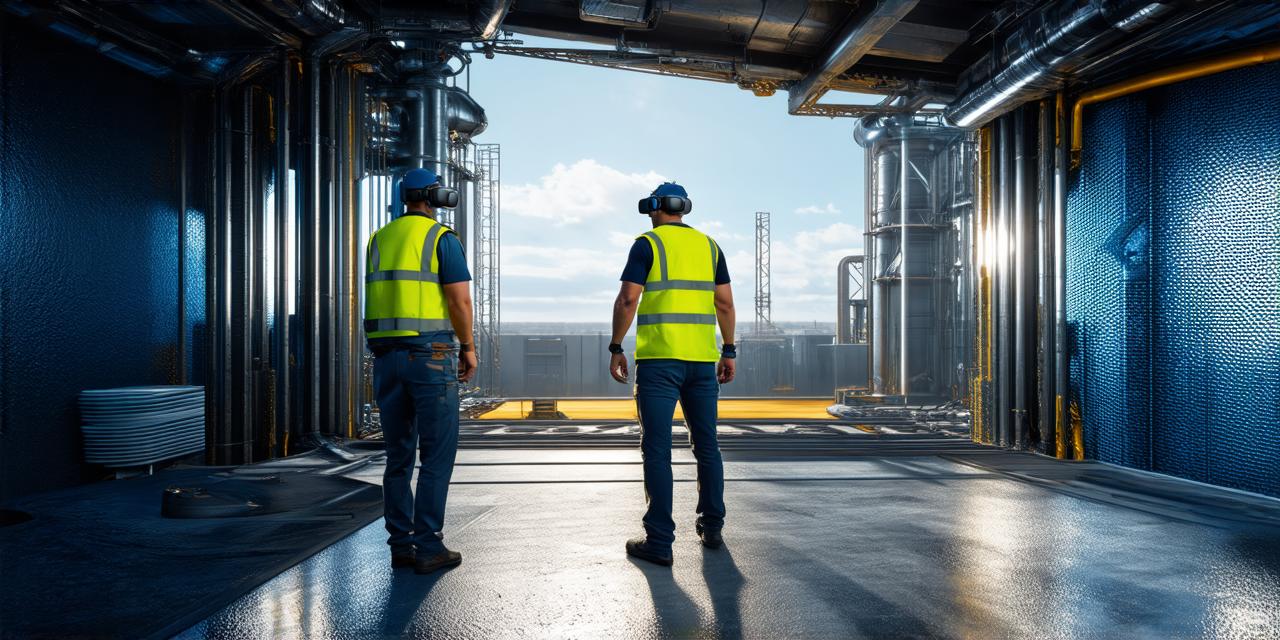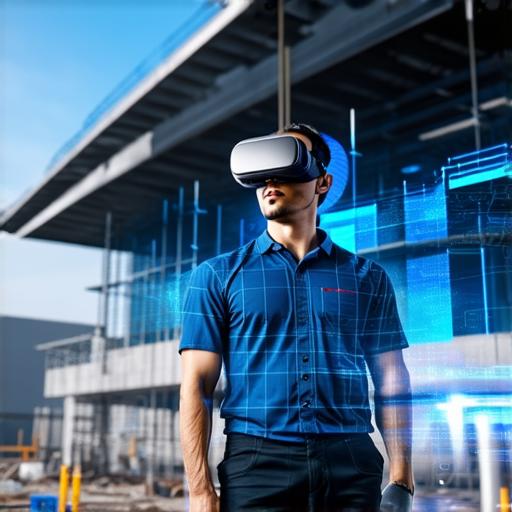
How can the construction industry make use of virtual reality?
Virtual reality (VR) is an emerging technology that has already had a significant impact on various industries, including gaming, healthcare, and education. However, in recent years, VR has also found a place in the construction industry. The use of VR in construction is revolutionizing the way architects, builders, and other stakeholders approach design and construction, offering numerous benefits that are transforming the way we build buildings.
One of the key benefits of using VR in construction is the ability to create more accurate and detailed models of projects. With VR, architects and builders can explore and interact with their designs in a virtual environment, making it easier to identify potential issues and make adjustments before construction begins. This not only saves time and money but also reduces the risk of errors and accidents on the job site.

For example, imagine a construction team working on a new office building. With VR, they can create a detailed model of the building’s interior and exterior designs, which can then be used to test and refine the layout before actually building it. This can help identify potential issues with space and flow, making adjustments before construction starts, ultimately saving time and money in the long run.
Another way that VR is being used in construction is through training and simulation. Construction workers can use VR to practice new skills or simulate dangerous situations, such as working at heights or dealing with hazardous materials. This not only improves safety on the job site but also helps workers develop their skills and increase their efficiency.
For instance, a construction worker who needs to learn how to operate a crane can use VR to practice in a safe virtual environment before actually operating one on a job site. This not only reduces the risk of accidents but also allows the worker to gain confidence in their abilities before working with real machinery.
Virtual reality is also being used to improve communication between team members. With VR, architects, builders, and other stakeholders can collaborate in real-time, sharing ideas and feedback on designs. This not only saves time and reduces the risk of miscommunication but also helps to ensure that everyone is on the same page.
For example, a construction team working on a new hospital can use VR to collaborate on the design and layout of the hospital. Architects, builders, and other stakeholders can explore the design in real-time, making adjustments as needed. This helps to ensure that everyone is on the same page, reducing the risk of errors and misunderstandings.
Virtual reality is also being used to enhance the customer experience in the construction industry. With VR, customers can explore and interact with designs in a virtual environment, giving them a better understanding of what their project will look like and how it will be built. This not only increases customer satisfaction but also helps to reduce the risk of disputes and misunderstandings.
For example, a homeowner who is planning to build a new house can use VR to explore different design options and see how they would look in real life. This can help them make informed decisions about their project and reduce the risk of changes or disputes down the line.
Despite its many benefits, the use of VR in construction is still in its early stages. However, as technology continues to advance and costs decrease, we can expect to see more and more construction companies embracing VR. In fact, some experts predict that VR will become a standard tool in the construction industry within the next decade.
In conclusion, virtual reality is revolutionizing the way we approach the construction industry. From improving accuracy and efficiency to enhancing safety and customer satisfaction, VR offers a unique set of benefits that are transforming the way we build and design buildings. As technology continues to advance, it will be interesting to see how the construction industry continues to evolve and incorporate VR into its operations.


